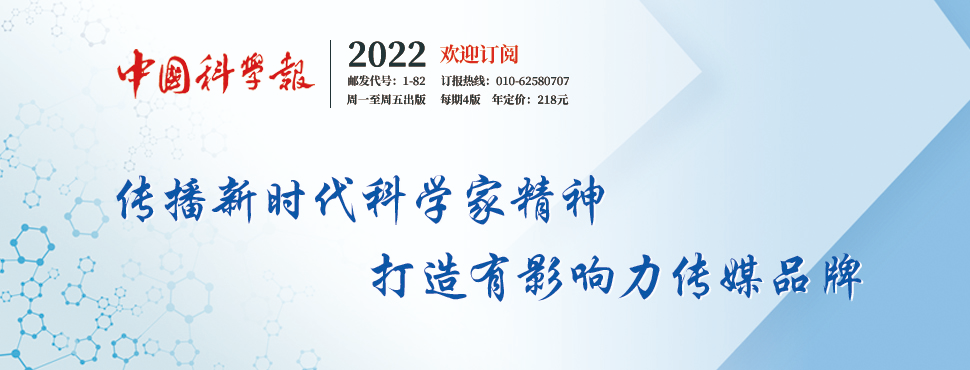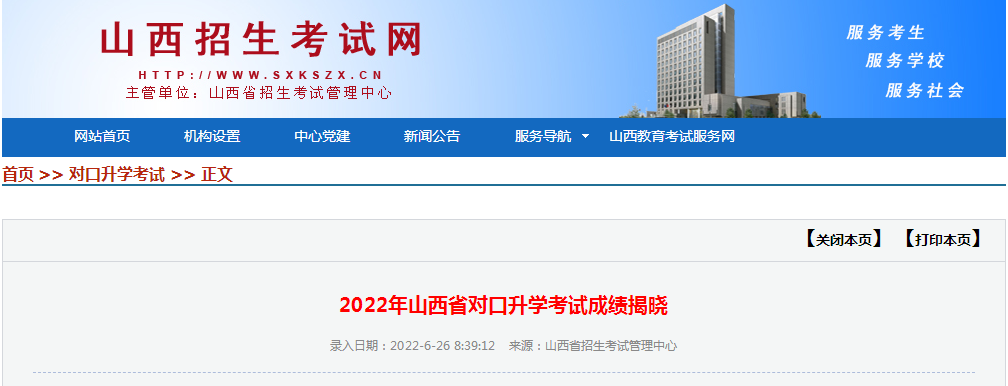Phase P pictures are equal to fraud?How much "thunder" you stepped on the image processing
Author:Journal of China Science Time:2022.06.15
Text | "China Science News" reporter Hu Yanqi
In recent years, pictures of pictures are the hardest hit areas that are most likely to occur in academic misconduct, so the withdrawal storms have led to a wave of waves.
For case analysis of the most widely covered withdrawal observation website (Retraction Watch), as of January 20, 2021, the first reasons for the reasons for the dissertation of data academic dissertations based on chart -based data.
The Statistics of the China Institute of Science and Technology Information about the number of national papers with more than 200,000 papers in 2007-2017 show that China is second only to India and the United States due to the "withdrawal of document issuance" due to picture issues.
What kind of image processing is academic fraud? Where is the boundary between the two? In addition to some authors of "unique attentive", many researchers were unable to clearly know the standard of the picture processing, and accidentally crossed the "red line".
Copy puzzle, reuse, and over -modification are common behaviors
At present, according to the international classification of scientific research and publishing, academic circles generally classify picture academic dislocation behaviors: forged, tampering, and plagiarism.
Forgery refers to falsifying experimental data and fabricating false research results, so as to obtain unreal images; tampering refers to the fact that it has been manpicable, cutting, and stitching content on the basis of real pictures. Sex; plagiarism is the picture in the paper directly copying the results of others or published by themselves. It does not indicate the source or lack of copyright licenses, including reuse after copying the whole picture and after adjusting the picture style.
The Editorial Department of the Chinese Academy of Sciences Air Sky Information Innovation Research Institute (hereinafter referred to as the "Sky Institute") The editorial department of the Journal of the Chinese Image and Graphics has launched a special survey of pictures of pictures in science and technology papers in the magazine's reviewers. The reviewers are scholars in the field of computer application with more than 5 years of review and scientific research.
"Nearly 80 % of the experts said that in the process of reviewing the Chinese and English journals, I found the academic incompetence of charts." The proportion of tampering images and plagiarism images was 45.95%, 40.54%, 37.84%, and 32.43%, respectively.
In the problem picture, "forgery of performance evaluation results", "reuse after coloring" and "repeated experiments, artificial selection of optimal results" and "copy puzzle" are several common types.
Ye Qing, deputy editor -in -chief of "Journal of Zhejiang University (English)", undertook a number of research on academic misconduct and how to prevent in the pictures in the picture. In the process of helping the journal review, the case of pictures discovered in the process of reviewing the picture review, mainly electrophoretic strip stitching, picture stitching, reuse of picture, excessive modification of the background, and so on.
During the research process, Ye Qing found that many researchers were because of the lack of understanding of the proper understanding of the standards for the correct handling of the picture and the criteria for judging the picture academic inconsistent.
P picture is equal to fake?
The P picture is the abbreviation of scientific researchers for image processing tool Photoshop, etc., and a large number of image processing software represented by Photoshop is widely used in many fields. It does provide a few unique and speculative paper authors. But P picture is not the same as the picture fraud.
In Yan Yan's view, in some fields or scientific experiments, a certain degree of image processing is inevitable, especially in order to make the research results more clear and intuitive. The author's reasonable and standardized processing of the image is allowed.
For example, noise on the picture, using fluorescent microscopic photos to enhance specific effects and other operations.
"The overall adjustment of the brightness, contrast or color balance of the picture is adjusted. As long as the information of the original picture is not hidden, eliminated, or distorted the original picture, it is not a category of academic inconsistency." Yan Yan explained.
"The key to judging whether the picture is fraudulent is the problem of distorted the facts in the picture." She emphasized, "If the author has copied, pasted, enhanced, deforms, blur, displacement, rotation, cutting, deleting the local area of the picture , Add new elements and other tampering and manipulation behavior, such a P picture is fraud. "
Ye Qing believes that determining whether the picture is fake is very complicated, especially for falsification and tampering. It needs to be comprehensively judged in combination with specific experimental data, modification processing, and results expression.
Internationally, there are clear grading standards for picture issues. Ye Qing mentioned in the article "Exploration and Thinking of English Science and Technology Journal Paper Pictures Academic Involidate Reading Methods" that according to whether there is the intention of fraud and whether the picture after objective processing changes the display of the picture content, the integrity of the picture is destroyed, and the integrity of the picture ; Whether it affects the conclusion of experimental pictures; whether it can provide original data; whether the process of reappearing the picture processing, we can divide the behavior of improper processing of the picture into 4 levels.
The first is improper processing. For example, without explanation, the control group is repeatedly used, or the same picture is displayed in different results. Although it is completed under the same condition, it lacks the explanation.
This kind of situation is lighter and generally does not change the results or mislead the results.
Secondly, there are some modifications or errors in the picture, such as beautifying the picture background, which causes some picture information to lack, or deletes the stitching and synthesis of the electrophoresis strip of the electrophoresis strip in the middle, causing the picture integrity to be destroyed.
But from the results, the research conclusions have not changed.
If these two types of situations appear, as long as the author can provide the support of the original data and give a satisfactory explanation, even if the thesis has been published, the error can be corrected by errors.
The third is excessive modification of the picture. For example, the specific area of the picture is enhanced or weakened, resulting in the lack of some picture information, or adjusting the brightness and contrast of the picture, resulting in the deviation of the results of quantitative experiments, and the author does not explicitly explain the specific modification, resulting in complete the picture complete Sex is destroyed, and the research conclusions have changed.
At this time, the author will face the risk of being withdrawn.
Finally, there are serious falsification and tampering, including stitching, copying, insertion, and selective deletion. Reuse under experimental conditions, and the author cannot provide original data or the original data provided is unbelievable.
To reach this level, it will be considered serious academic dislocation.
Image analysts let fraudulent foil
Most of the international English science and technology journals for academic misconduct related to pictures in the dissertation currently depend on the discovery and reports of reviewers and colleagues and scholars.
"Pass review is a very successful quality assurance mechanism, but it is not enough to prevent abnormal pictures." Ye Qing admitted, "And some newly developed pictures plagiarism testing software is still in the R & D and trial stage, the misunderstanding rate and sensitivity of the misunderstanding and sensitivity Can't have both. "
Therefore, there are many journals abroad. In response to the picture, the picture testing is added during the preliminary examination of the editorial department. Some excellent biomedical journals have begun to implement a new picture in -depth verification process, and set up special audit positions for academic pictures for review. For example, the European Molecular Biology Organization (EMBO) Publishing House.
Ye Qing introduced that these journal editorial departments to receive manuscripts after the peer evaluation and the author repaired by the author will review the pictures in the manuscript one by one before the final decision is published, and adopt the method of manual identification and software analysis. Analyze the picture.
Generally speaking, for pictures with obvious repetition, cutting, and smearing traces, you can identify the naked eye through analysts. For other hidden and complicated pictures, they will use the Photoshop software and the Droplets toolkit provided by the American Research Integrity Office. By adjusting the grayscale, color difference, filter and other methods to analyze whether there are replication, rotation, flipping, insertion, insertion, insertion, and insertion in the picture. , Erase, cutting, stitching, distortion, incompetence of background, or other methods of excessive modification, and perform details.
Although the international journal currently sets up this process is still a minority, the future picture review will become more and more focused on the review of the journal review, instead of waiting for the paper to be passively treated after the paper is published.
"This also reminds scientific researchers that in the submission session, we must strictly follow and recognize the picture processing specifications widely accepted and recognized in the international publishing community, especially a few‘ red lines ’that cannot be passed."
Ye Qing emphasized again that the author can adjust the brightness, contrast or color balance of the entire picture, but these adjustments cannot be covered, eliminated or distorted any information in the original picture; Enhance, cover, move, delete, or add; do not over -modify the picture, such as emphasizing a area in the image at the expense of other areas.
If you must make non -linear adjustment or delete part of the information on the picture, you should disclose all the operating records in the picture or the text; avoid the images obtained from different gels, electric fields, exposure or experimental conditions in the same picture, and as well as, as well as, as well as, as well as, as well as, as well as, as well as, as well as, as well as, as well as Repeat the same picture in different pictures.
If you have to do this, you need to make a text description in the picture or the text.

Edit | Zhao Lu
Capture | Guo Gang

- END -
In 2022, the results of Shanxi Province's counterpart examination examination were announced

In the 2022s of our province, the evaluation papers of the counterpart of the coun...
Newspaper News | Sixth -year version of the new school year

Transcoding = "1" Data-VHEIGHT = "1080" Data-VWIDTH = "1920" Data-version = ...